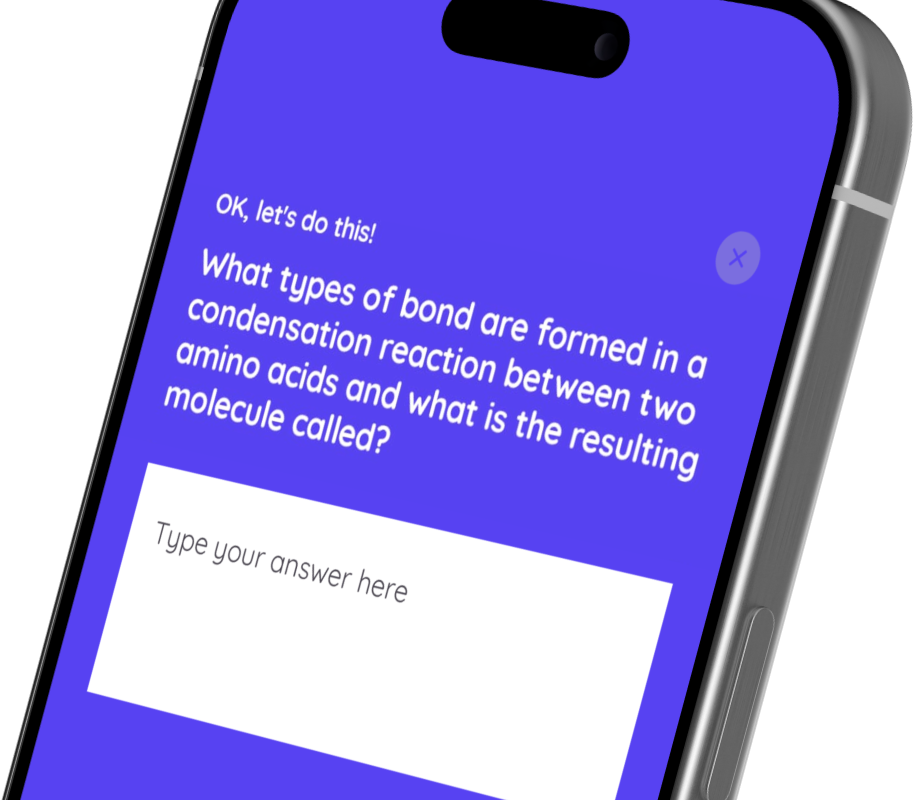Physics (Triple)
Energy
Energy: Energy Stores & Systems
🤓 Study
📖 Quiz
Play audio lesson
Energy: Energy Stores & Systems
Energy Stores
-
Energy is the capacity to do work and it can be stored in various forms.
-
Energy may be stored in kinetic, thermal, chemical, or nuclear stores when work is done on the system.
-
Gravitational potential, elastic potential, electrostatic, and magnetic stores are energy stores related to an object's position in a field or its deformation.
-
Energy stores do not include 'light energy', 'sound energy' or 'electrical energy'. These are usually ways in which energy is transferred (e.g. light transfers energy from the Sun to Earth, electrical transfers energy along a wire).
Energy Transfers
-
Energy is transferred from one store to another by mechanical work, electrical work, by heating, or by radiation (including sound and light).energy is transferred from one store to another.
-
The rate of transfer of energy depends on the difference in temperature between the heat source and the object, and properties like the object’s surface area and the type of material it is made up of.
-
Energy transfers may be useful transfers (e.g., electrical energy transferring to light in a light bulb) or wasteful (e.g., thermal energy transferring to the surrounding air from a light bulb).
Energy Systems
-
An energy system is a physical system or process where energy transfers occur. For example, a car engine, a heating system, or a solar cell.
-
Closed systems are those where neither matter nor energy can enter or leave. The net change in the total energy of a closed system is always zero.
-
Diagrams called sankey diagrams can be used to represent energy transfers in a system. The wider the arrow, the more energy it represents.
-
Energy can only be changed from one form to another or transferred from one place to another; it cannot be created or destroyed, this is the principle of conservation of energy.
-
The total energy of a system is always conserved unless work is done on or by the system. In a closed system, the total amount of energy is a constant if considered over large time scales.





